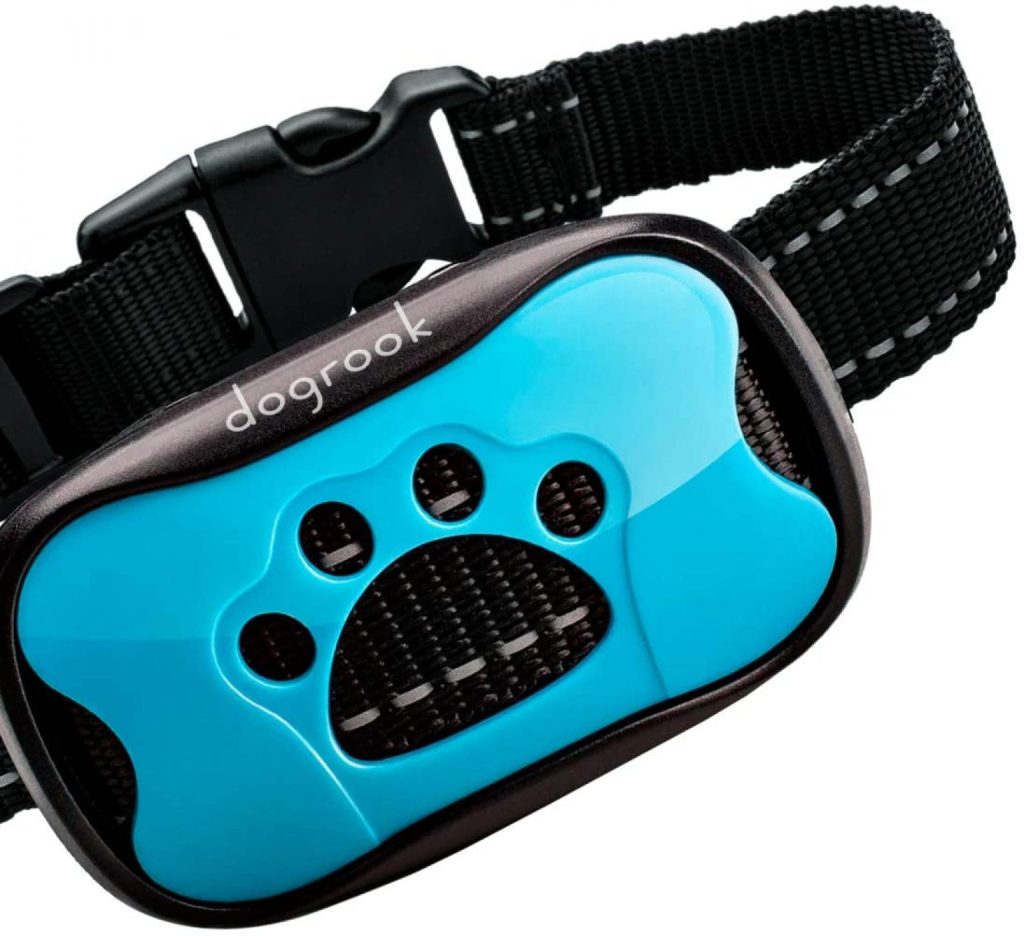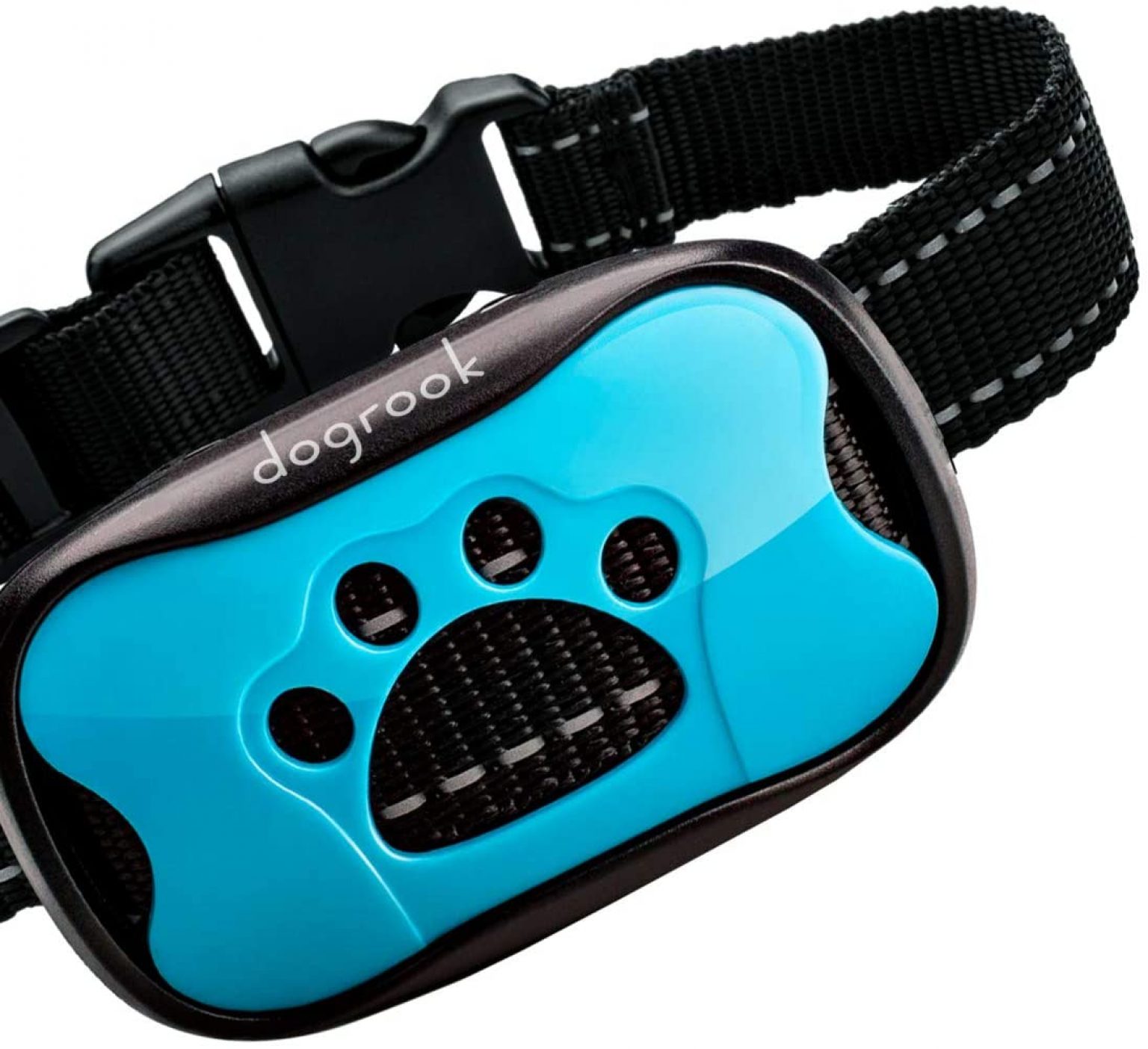Training your dog can be difficult, and using bark collars has become increasingly popular as an effective way to manage your pup’s barking. From shock collars to citronella collars, many choices are available when finding the perfect collar for your pup. This article will provide an overview of what types of bark collars exist, their pros and cons, and some tips on using them effectively to ensure better obedience from your canine companion. If you want to learn more about bark collars, you can visit our website and check out our page dedicated to this topic.
What Are Bark Collars?
Bark collars detect a dog’s vocalizations and respond with a stimulus to discourage or stop their barking behavior. These stimuli come in several forms, including ultrasonic sound waves, vibrations, electric shocks (“e-collars”), citronella sprays, audible tones and more. While these methods may vary greatly in intensity and duration, they all serve the same purpose – to train dogs not to bark excessively.
Types of Bark Collars
Several different types of bark collars are available today, designed specifically for different purposes. Here is a brief overview of each type:
• Shock Collar
Shock collars deliver a mild electric current directly to a dog’s neck using metal contact points when activated by vocalization or other behaviors like jumping up or digging. These devices have adjustable levels so owners can customize the amount of stimulation depending on their pet’s needs.

• Ultrasonic Collar
As its name implies, this type of collar emits high-pitched sound waves that are thought to startle or annoy dogs enough to make them stop barking. They generally work at distances up to 35 feet away from the animal wearing it but may only be effective with certain breeds due to differences in the hearing range between animals.
• Citronella Spray Collar
A citronella spray collar works similarly as ultrasonic collars, except instead of emitting sound waves it sprays a mist containing citronella oil into the air around the dog’s head whenever it barks too much. This scent deters further excessive barking since most dogs find such odors unpleasant.
Pros & Cons Of Using Bark Collars
While bark collars can be an effective tool in curbing unwanted barking habits, they come with advantages and disadvantages, which should be considered before purchasing one for your pup. Some pros include:
• Quick Results
One major benefit of using a bark collar is that results tend to happen quickly after introducing it into your pet’s routine; within just days, you may notice decreased levels of excessive barking from your pup!
• Convenience
Another great perk is that these devices are incredibly easy-to-use requiring no complicated setup procedures or extra time spent teaching commands – strap it onto your pup’s neck and let them get used to it over time!
On the flip side, however some drawbacks could include:
• Risk Of Overstimulation
Since most models allow users to adjust settings manually, there is always a potential danger if left unchecked; too much stimulation could lead to physical discomfort or even trauma, especially if used improperly/without caution!
• Expense
Most modern-day bark control products come with hefty price tags making them inaccessible for those on limited budgets who would still like help controlling their pups’ barking habits more humanely than punishment-based methods (i.e., scolding).

Tips For Safe And Effective Use Of Bark Control Devices
To ensure safe implementation and maximum effectiveness, here are some tips you should consider when choosing/using any type of bark control device:
• Be sure you understand how each device works before putting one on your pet as some require certain motions/behaviors from them before activating (like shaking their heads).
• Choose adjustable settings if possible to customize stimulation levels based on individual temperament/needs without risking overstimulation; this will also ensure better accuracy when targeting specific problem behaviors rather than blanket coverage!
• Test out different models until finding one that fits best, as results vary depending upon breed/size etc.; never buy something blindly without researching first!
• Remember the consistency key – once chosen, stick to consistent rules regarding usage; otherwise won’t achieve the desired outcome(s)!
In conclusion, although several options are available when considering bark control products, remember that safety must always be the first consideration when choosing a product for use with pets. Take the time to research the different features, benefits and risks associated with each model and then decide whether it is right for your particular situation. With proper understanding and knowledge of these tools, owners can ensure proper training techniques create a happier, healthier home environment for both puppies and humans alike!





